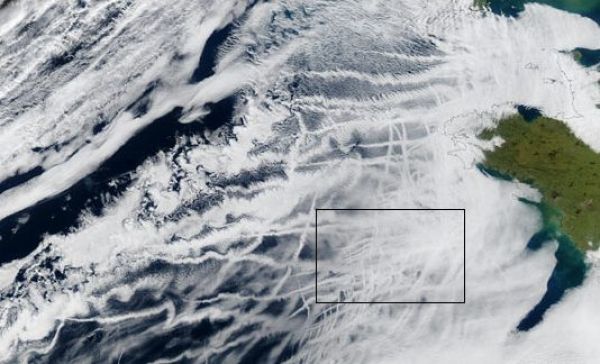With sea ice in the Arctic melting at an alarming rate, opportunities for trans-Arctic shipping are opening up, and by mid-century ships will be able to sail right over the North Pole – something not previously possible for humankind.
With sea ice in the Arctic melting at an alarming rate, opportunities for trans-Arctic shipping are opening up, and by mid-century ships will be able to sail right over the North Pole – something not previously possible for humankind.
UConn geographer Scott Stephenson and colleagues say the growth of trans-Arctic shipping and the increase in emissions that will accompany it may offset some of the overall warming trend in the Arctic by the end of the century. Their study was published Sept. 12 in Geophysical Research Letters.
At the same time, they caution that this effect is relatively minor in the context of overall global warming, and that more ships in the Arctic would heighten the risk of environmental disasters.
Surprising Results
By modeling changes in climate trends associated with increases in shipping traffic and subsequent increases in emissions, the researchers found that trans-Arctic shipping offsets some of the overall warming trend in the Arctic by the end of the century.
Read more at University of Connecticut
Photo: Ship tracks form when very small, airborne particles emitted in the exhaust of large ships (and airplanes) attract water molecules, acting as ‘seeds’ (or ‘cloud condensation nuclei’) for clouds. Continued accumulation of droplets on the cloud condensation nuclei forms the thin, streaky clouds pictured in this image. CREDIT: NASA




